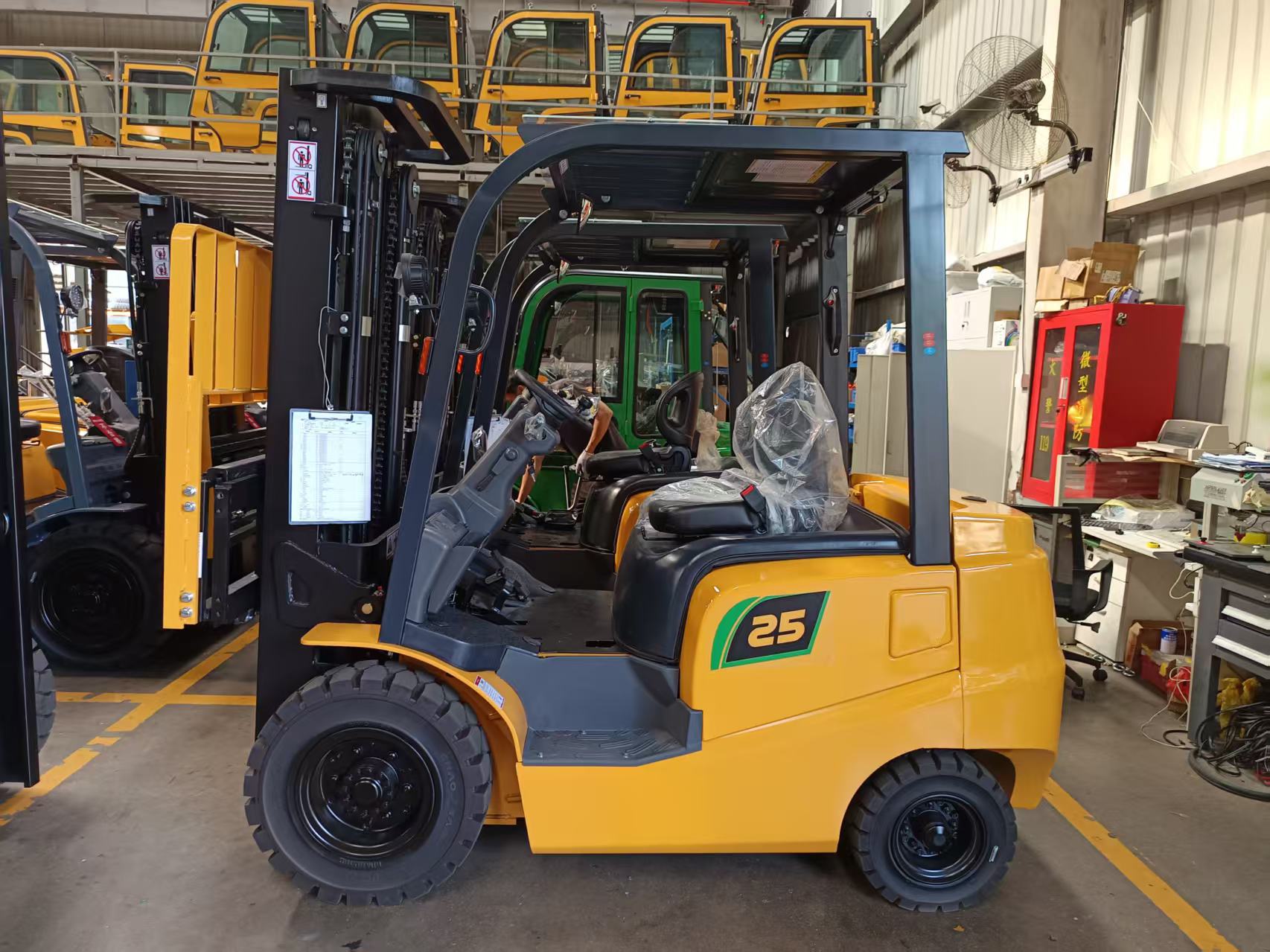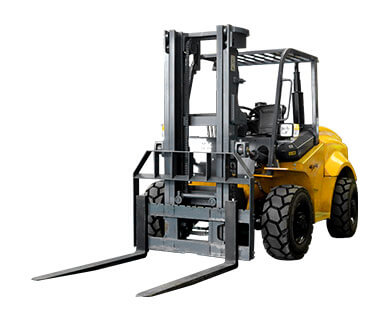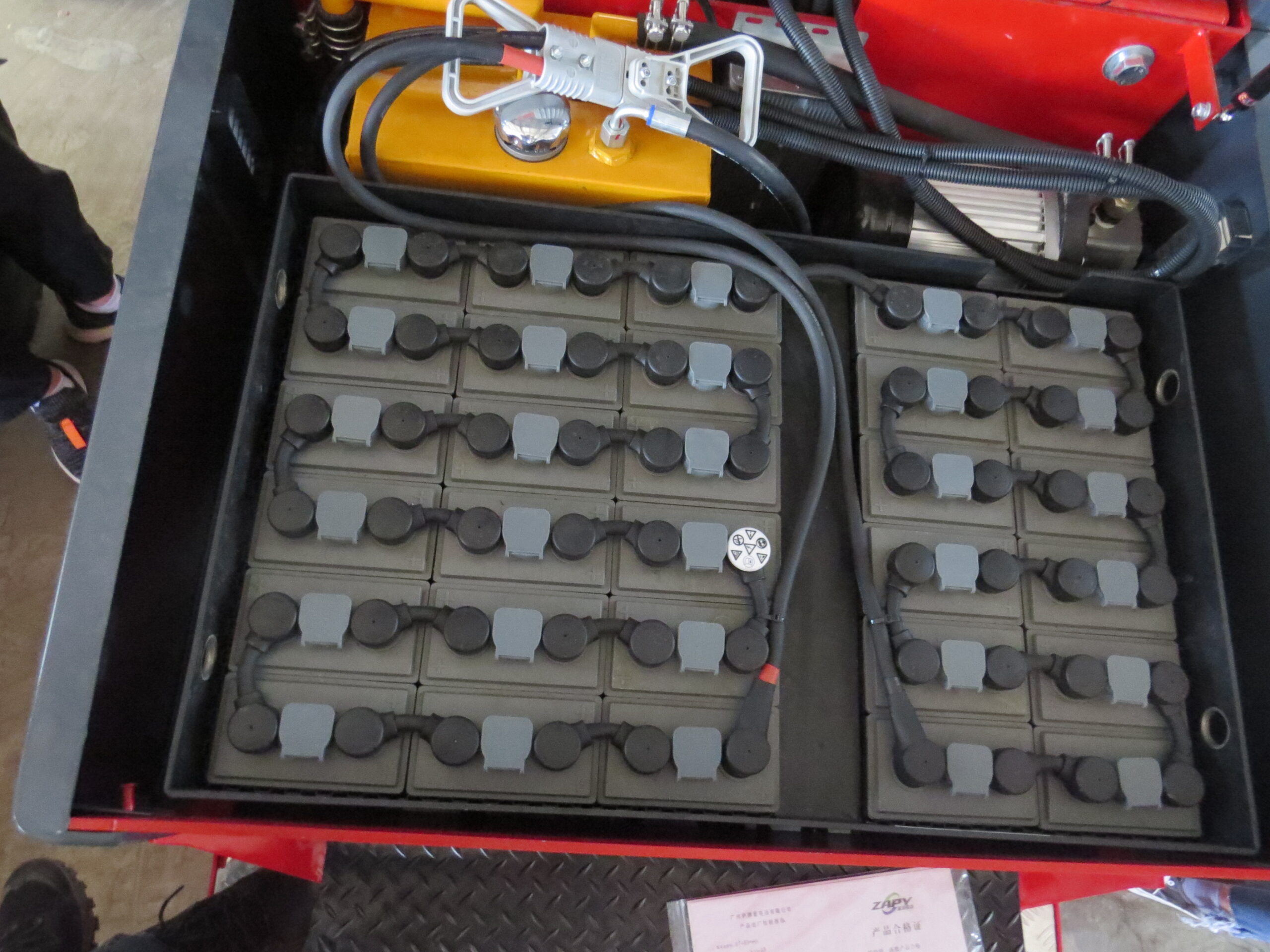Electric Forklifts
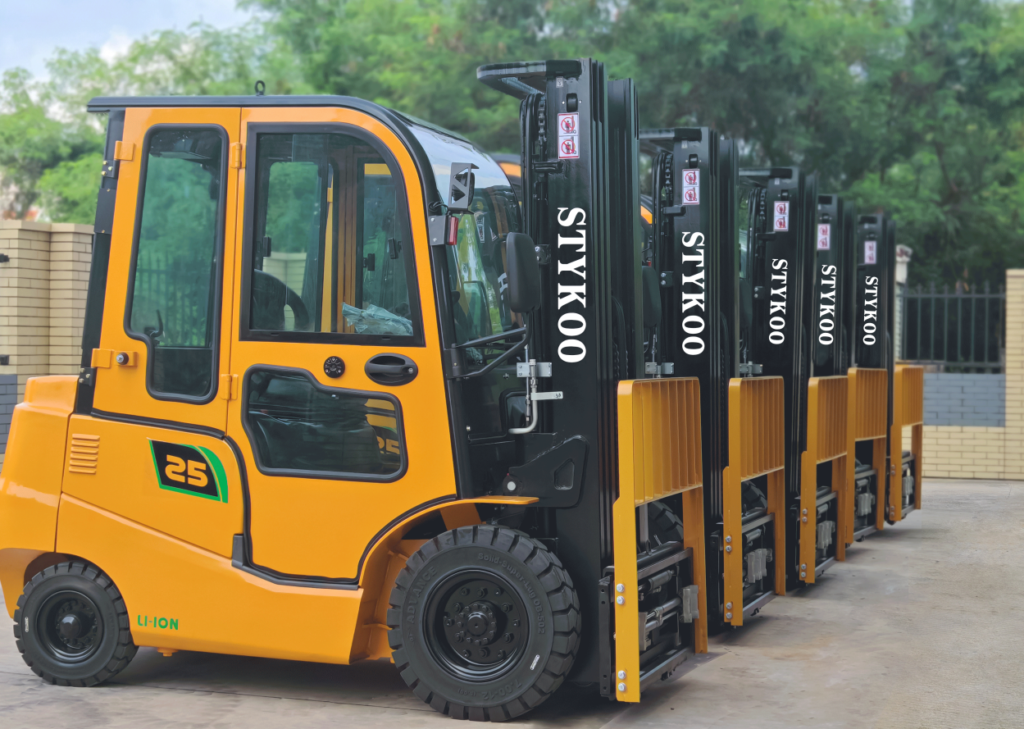
Battery-operated electric forklifts do not produce tailpipe emissions and are quiet in use.
Food & Beverage processing companies sometimes prefer electric forklifts because they produce no fumes. Electric forklifts are also ideal choice for pharmaceutical industry, tobacco factory, as well as shops, cold storage, etc.
Electric forklifts must have a charged battery to operate. STYKOO electric forklifts adopt Torch brand battery (top quality in China, manufactured by 70-year-old military enterprise), with MSDS certificate, safe shipping certificate. The battery life is 1000 times of charge and discharge. Under normal use, the battery will be replaced with a new battery pack after 3-5 years.
Forgetting to charge the battery overnight could result in significant productivity losses the next day, particularly when the business operates with one or a limited number of forklifts. While a battery is charging, the forklift is unavailable for use, unless you invest in a unit with easily changeable batteries and spare battery packs.
Charging typically takes 8 hours, although some units do charge faster. Optional lithium battery with higher cost can be selected, charging quickly, it only takes 1.5 hour.
Due to battery and recharging requirements, the initial investment for an electric forklift is usually higher than the other options.
While this may not be much of an issue with truck drivers, who sit in an enclosed cab, forklift operators are in close proximity to the exhaust.
Diesel Forklifts
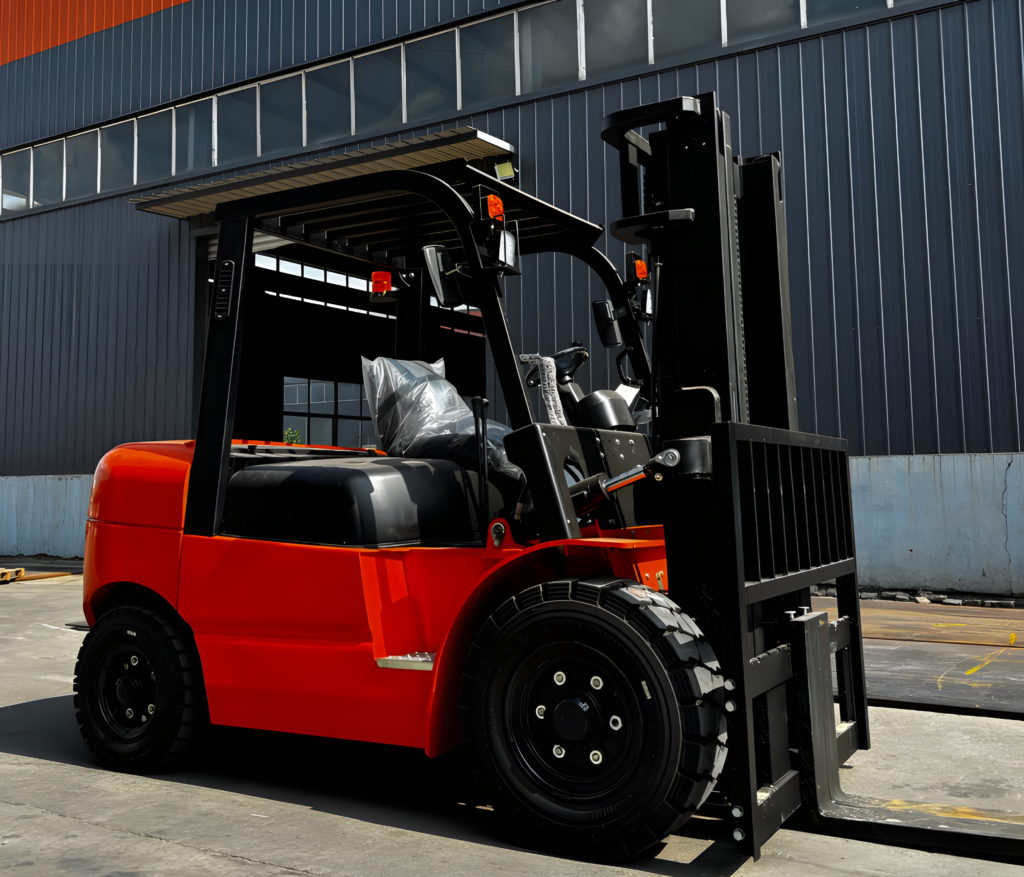
The cost of acquisition for diesel forklifts is generally higher than LPG forklifts but lower than electric models. Diesel forklifts require more space to manoeuvre than the electric or LPG forklift alternatives, since these units are larger in size.
However, diesel models generally provide more torque output than the alternatives.
Diesel models are good for sustained heavy loads.
One worrisome aspect of diesel forklifts is the operator health issue.
Because these are internal combustion engines, which create exhaust fumes and diesel particulate matter, this option is not safe for indoor use.
The dirty black smoke that is seen coming from diesel vehicles is a fine particulate matter which is carcinogenic.
Experts at the World Health Organisation (WHO) say diesel engine exhaust fumes can cause cancer in humans.
While this may not be much of an issue with truck drivers, who sit in an enclosed cab, forklift operators are in close proximity to the exhaust.
LPG Gas Forklifts
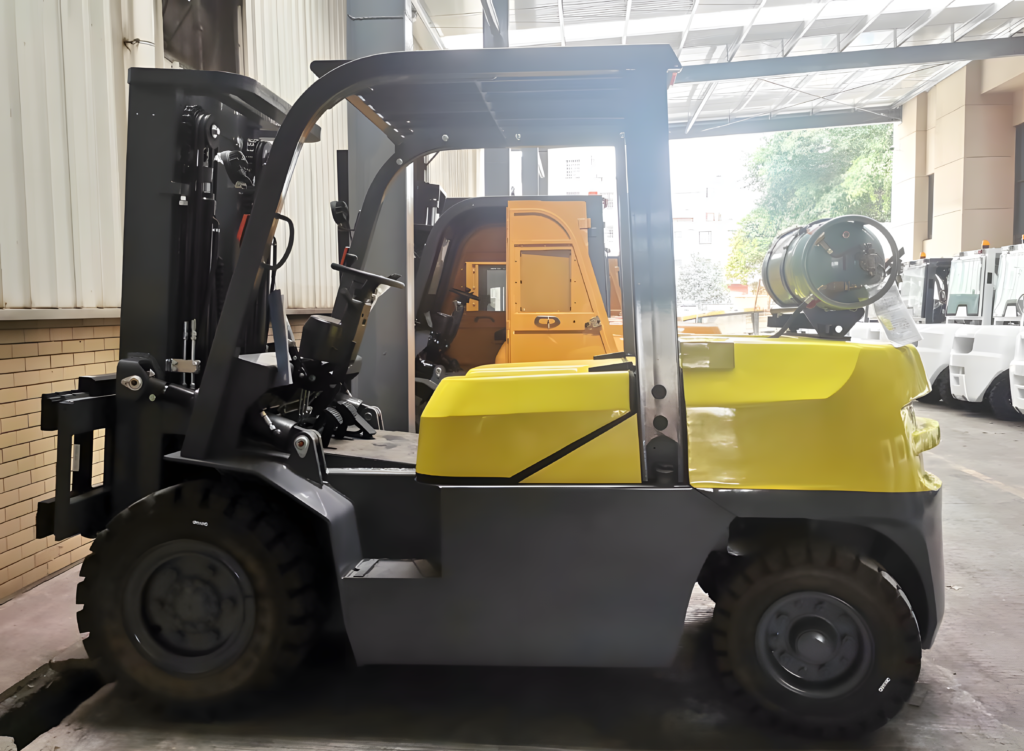
LPG forklifts are capable of maintaining 100% power throughout the day. LPG fuelled forklifts have the ability to push heavy loads at full capacity, up and down gradients faster and for a longer amount of time than electric forklifts.
The initial capital cost for LPG gas forklifts is generally lower when compared with either electric or diesel forklifts
LPG forklifts can also be used both indoors and outdoors. This increased flexibility is essential if your business has both yard and warehouse storage applications. Indoor workspaces should be ventilated.
The time required to refuel an LPG forklift is much less when compared to electric powered forklifts. It takes only five minutes to refill or change an LPG cylinder. In contrast to an LPG forklift, an electric forklift could take up to eight hours to recharge. So, you have no down time or the added cost of acquiring extra batteries with LPG fuelled forklifts.
continue reading

